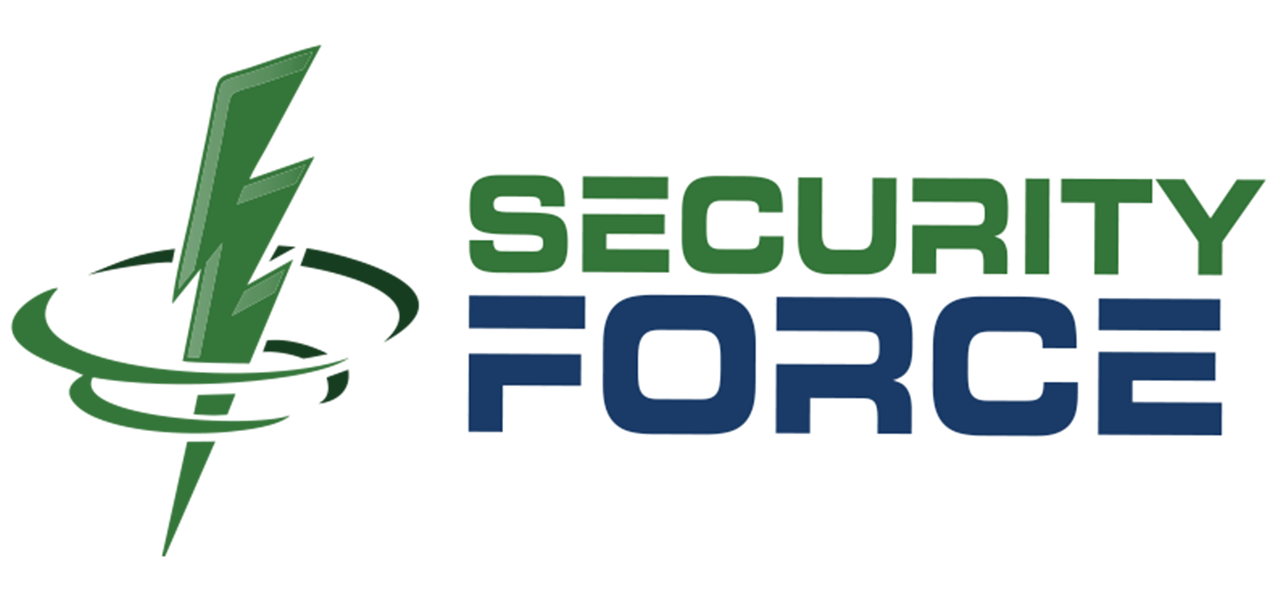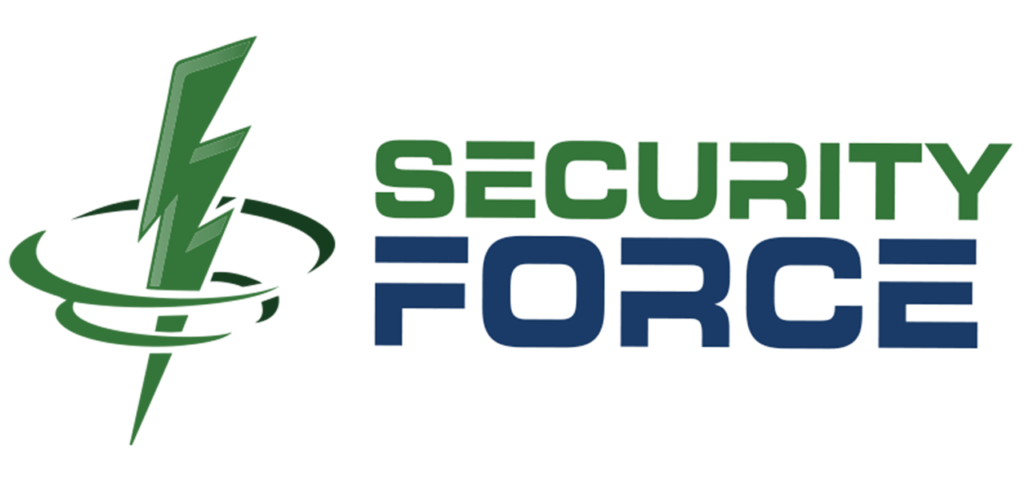In the world of physical security, doors are more than just entry points—they’re critical control elements that help determine whether your space is secure. That’s why modern electronic access control systems do more than just unlock doors. They monitor how a door is being used, and just as importantly, when something abnormal is happening.
To understand how access control systems help protect your facility, let’s look at the four key states of a door—and how electronic systems are able to detect each.
1. Closed
A closed door is the baseline of physical security. This means the door is in the frame and the latch is seated properly. It’s not enough for a door to look closed—access control systems often include a door position switch (DPS), which is a magnetic or mechanical sensor that confirms the physical position of the door.
- How it’s detected: The DPS sends a signal to the control panel confirming that the door is in the closed position.
- Why it matters: A door that isn’t closed can’t be locked. Even the strongest access control system is useless if the door is left ajar.
2. Open
An open door is just that—open. It may have been opened by an authorized credential (keycard, fob, mobile app), by someone inside pressing a request-to-exit button, or even by a mechanical override.
- How it’s detected: The DPS shows that the door is no longer in the frame. If access was granted just beforehand, this is expected behavior.
- Why it matters: Access control systems typically monitor how long the door remains open. If it’s left open too long, an alert can be triggered, prompting staff to investigate or reminding someone to close the door.
3. Propped Open
A propped open door is a security risk. It means someone intentionally blocked the door to keep it from closing—maybe to carry in equipment, or maybe for convenience. Either way, a propped door is often an invitation for unauthorized access.
- How it’s detected: The system grants access and expects the door to close within a preset amount of time (e.g. 30 seconds). If the DPS continues to report “open” past that timeout, it’s logged as a “door held open” or “door propped” event.
- Why it matters: Propped doors can allow tailgating, theft, or unauthorized entry. Access control systems can send real-time alerts or trigger alarms when this state is detected.
4. Forced Open
A forced door event is one of the most serious alerts in an access-controlled environment. It means the door was opened without valid access and without a proper unlock signal from the system.
- How it’s detected: If the DPS shows the door has opened without the corresponding unlock signal (such as a badge swipe or scheduled unlock), it’s considered “forced.” This might indicate someone pried the door open or tampered with the hardware.
- Why it matters: Forced entry may signal a security breach, attempted theft, or even vandalism. Most systems will log this event, send an alert, and may even trigger a lockdown or camera recording in response.
Why This Matters
Electronic access control isn’t just about who comes through the door—it’s about how the door behaves. By monitoring door states in real time, your security system can:
- Prevent unauthorized access
- Detect and respond to potential threats faster
- Reduce the risk of tailgating and theft
- Generate logs for audits, investigations, or compliance
In Summary
An effective access control system isn’t just about controlling locks—it’s about managing behaviors. By monitoring whether a door is closed, open, propped, or forced, security teams gain critical insights into the health of their perimeter and interior security posture.
If you’re not sure whether your current system is providing this level of intelligence, we can help. Contact us to schedule a no-obligation site review, and we’ll help you understand how to turn your doors into your first line of defense.
!

